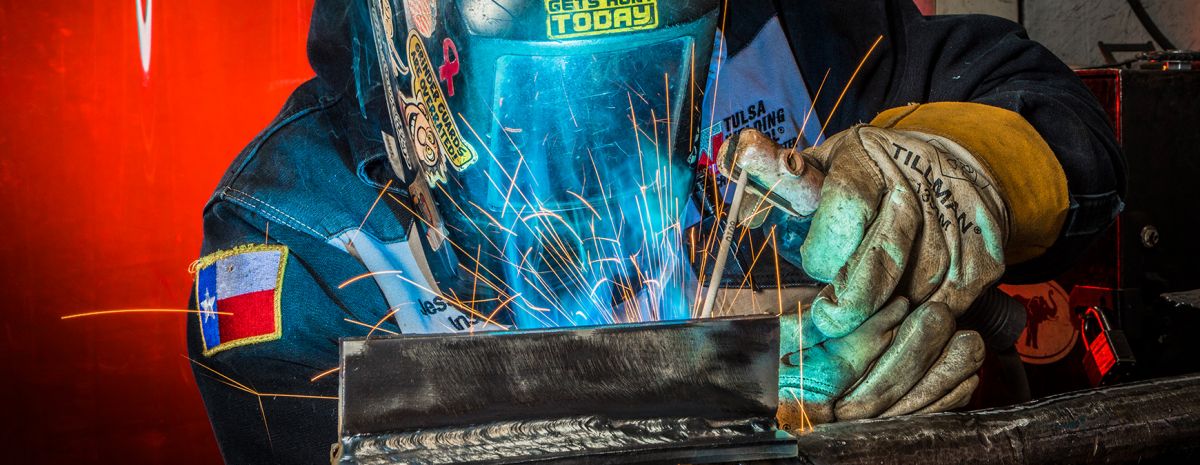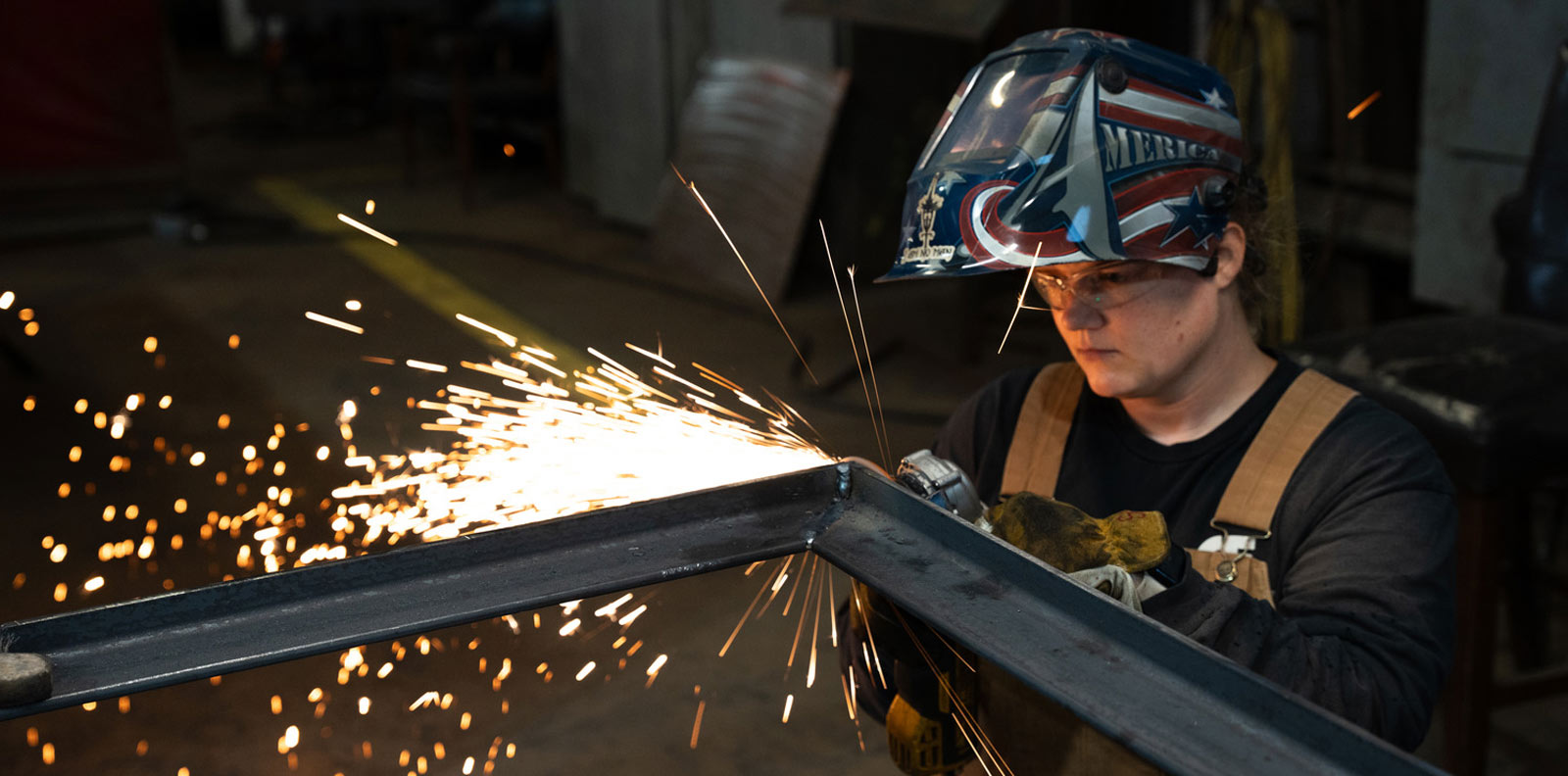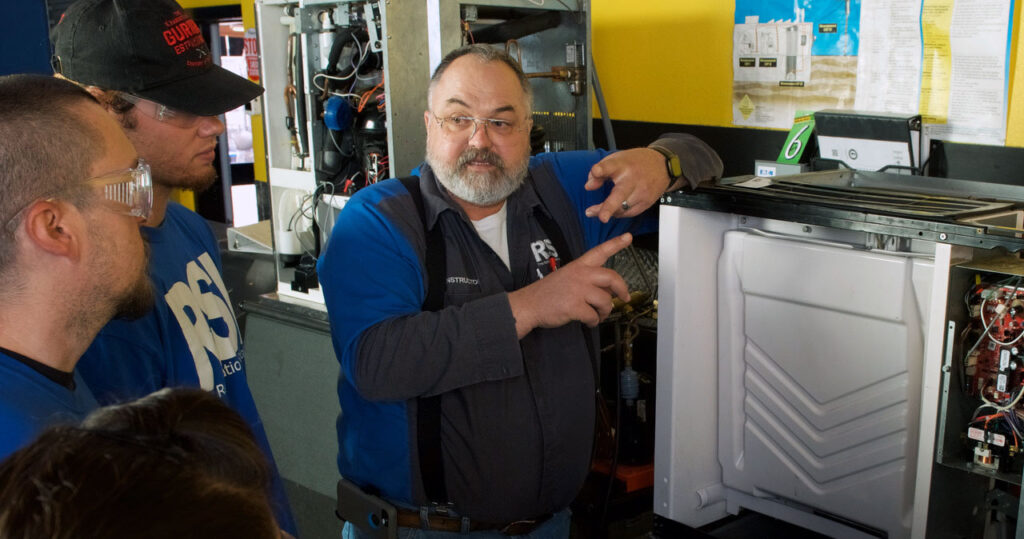RSI is a Great Training Option for Everyone
Learn more about how we can prepare you to advance your career.
Are you considering a career as a welder? If so, you will need to know the melting point of the metal. Each metal has a different melting point, making it useful for different projects. So, what is the melting point of metal?
What is the Melting Point of Metal?
The temperature at which a metal melts is known as the melting point. It is the temperature when a metal begins to transform from a solid to a liquid state, or the states of solid and liquid are in equilibrium.
These are the melting temperatures of common metal types:
- Aluminum: 660°C (1220°F)
- Brass: 930°C (1710°F)
- Chromium: 1860°C (3380°F)
- Copper: 1084°C (1983°F)
- Gold: 1063°C (1945°F)
- Inconel: 1390-1425°C (2540-2600°F)
- Cast Iron: 1204°C (2200°F)
- Lead: 328°C (622°F)
- Molybdenum: 2620°C (4748°F)
- Nickel: 1453°C (2647°F)
- Platinum: 1770°C (3218°F)
- Silver: 961°C (1762°F)
- Carbon Steel: 1425-1540°C (2597-2800°F)
- Stainless Steel: 1375 – 1530°C (2500-2785°F)
- Titanium: 1670°C (3038°F)
- Tungsten: 3400°C (6152°F)
- Zinc: 420°C (787°F)
Why is Metal Melting Temperature Important?
The melting point is related to thermal conduction and thermal expansion. The lower the melting point, the more thermal conduction it demonstrates.
Thermal Conduction – the diffusion of thermal energy within a material or between materials in contact.
Get Started on the Path to a New Career
Fill out our form to learn how we can help you change your life.
Thermal Expansion – the tendency of metal to change in volume in response to different temperatures.
Melting Point and Welding
Melting point is one of the most essential characteristics of metal, especially in welding. From a welder’s perspective, the melting point of metal dictates when the metal is formable and can be joined together. Understanding the melting point of a metal will dictate whether it is suitable for a project. Smelting, welding, brazing, fusion, and casting require metals to be liquid.
Smelting – the process of removing a metal element from mined ore. Smelting is the first step of the extraction process.
Welding – the process of joining two metals together.
Brazing – a torch is used to heat a filler metal with a lower melting point to prevent two metals from joining together permanently.
Fusion – a process that melts the metals until they melt together without the addition of a filler material.
Casting – a process where hot liquid metal is poured into a mold to create the desired shape. The mold must melt at a higher temperature than the metal used for casting.
Why Do Metals Have Different Melting Points?
The melting point of metal depends on the force of attraction between the atoms and their matrix. Metals have molecular solid bonds, and stronger metals require more energy to break these bonds.
The easiest metal to melt is aluminum alloy, and the hardest metal to melt is tungsten. Tungsten melts at a temperature of 3,442 degrees Celsius.
Want To Learn More?
The welding certification path starts with enrolling in RSI’s Welding Specialist program. We offer hands-on training with classroom lectures to prepare you for entry-level structural, alloy, and pipeline welding job opportunities. To learn more, contact us.
Additional Sources
This blog has been labeled as archived as it may no longer contain the most up-to-date data. For a list of all current blog posts, please visit our blog homepage at https://www.rsi.edu/blog/




